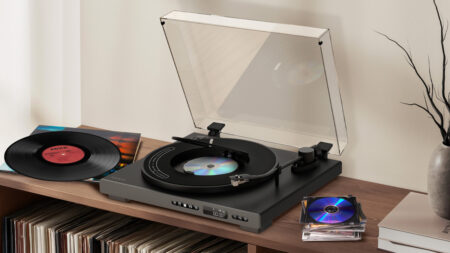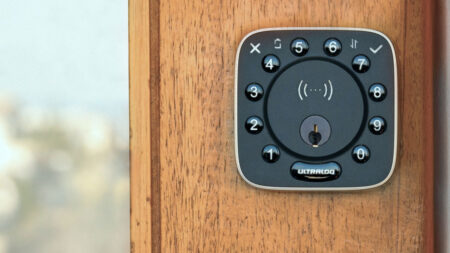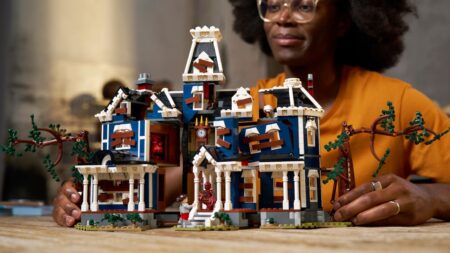Mechanical engineer Brian Ignaut has combined his mechanical engineering skills with the art of furniture making to create a stunning origami-inspired unfolding chessboard under his own company, Degrees of Freedom. The way this Kinetic chess set unfolds, literally adds a fun element to the otherwise serious game.
When prototyping a new design for an expanding table, Brian famous for designing unfolding solar arrays for Elon Musk’s SpaceX, found a new way of developing multiple surfaces to fold relative to one another. Later, he imbibed this unique unfolding mechanism to conceive a chess board that is far and beyond any wooden chess board you may have seen.
This board includes four wood panels, which are attached with six stainless steel links. Four of these steel links are used in pairs, whereas the other two are used separately. Due to the linked pairs, the joined panels remain parallel during all movements. On the other hand, the single links are present to allow smooth rotation between boards that are used while pivoting the board into the playful orientation.
Also Read: Iconic architecture represents pieces of the Skyline Chess Set
According to Brian, it is his dream concept and he’s too thrilled to finally see the chess board in action. Check out the image below to see how this board moves so effortlessly. Although we’re not sure when this chess board will be available for purchase, we certainly loved the idea. What do you think about this unfolding chessboard? Spare a thought in the comment section below.







Follow Homecrux on Google News!





I want one for my chess nut engineering brother’s birthday! How can I purchas one?
Well, it is quite hypnotic to watch the action on loop!
However it doesn’t seem very practical. The manoeuvre to get from where the piece-chambers are exposed (so you can set out the pieces for play), to the playable board, looks like it would be very tricky to perform without knocking over the pieces. So you have to remove all the pieces from the chambers, put them to one side, reconfigure the board ready to play, THEN set the pieces. That’s an unwelcome amount of extra work for the sake of a bit of knacky design.
(You could get around the issue of balancing the pieces while reconfiguring the board by adding magnets, but this would push the cost up quite a bit I guess, plus many people really dislike the feel of magnetic sets.)
Once ready to play, the board has a wide void down the middle that I don’t much care for. Also, two quadrants of the board are hanging in space! (This might not be much of an issue if the board is heavy enough, but I reckon it’s not that heavy and it wouldn’t be hard to wobble it and upend some pieces with just a little downward pressure near one of the unsupported corners.)
On a final personal-taste note, the metal struts might be very clever but against the nice wooden board they just look really jarring and ugly to me. They’d work better if the board was metallic IMHO. Maybe if given a finish closer to the board in colour, and perhaps shaped for a more flowing outline, they’d be less distracting.